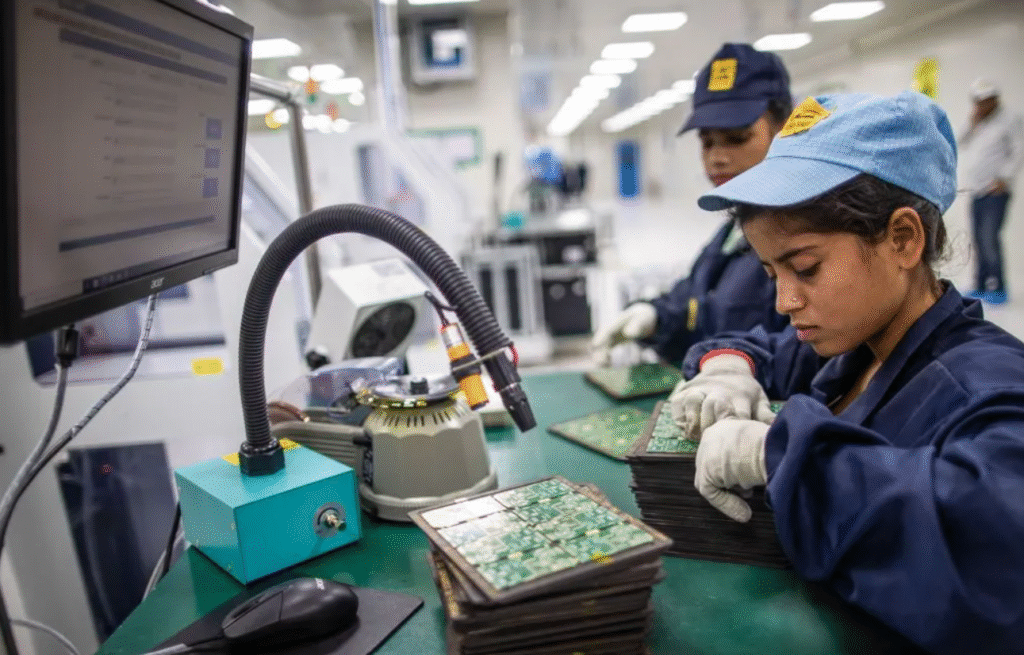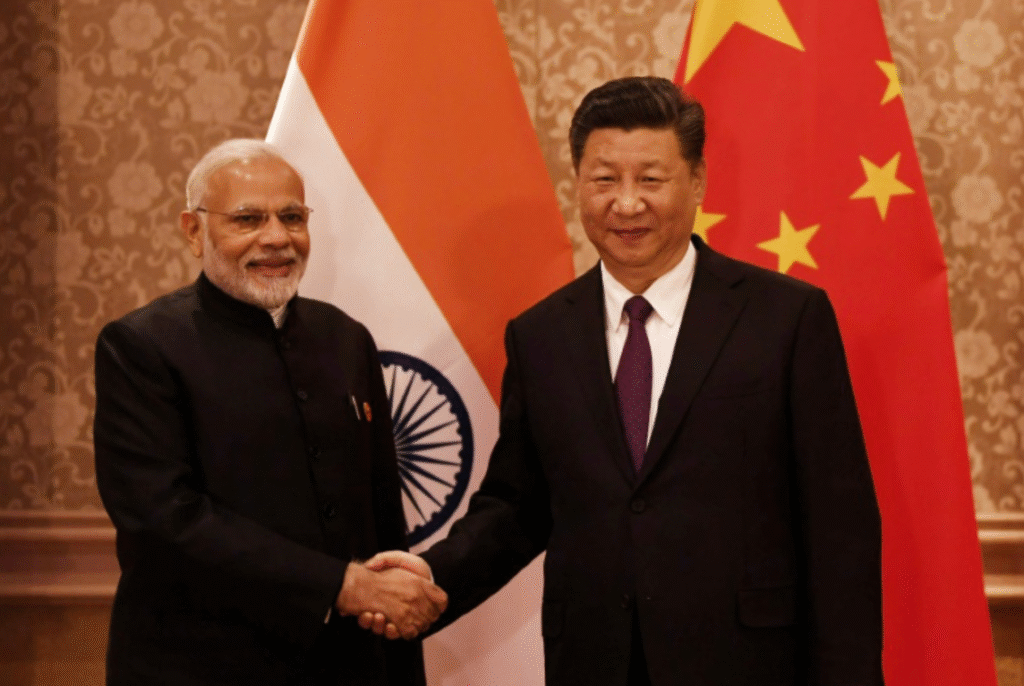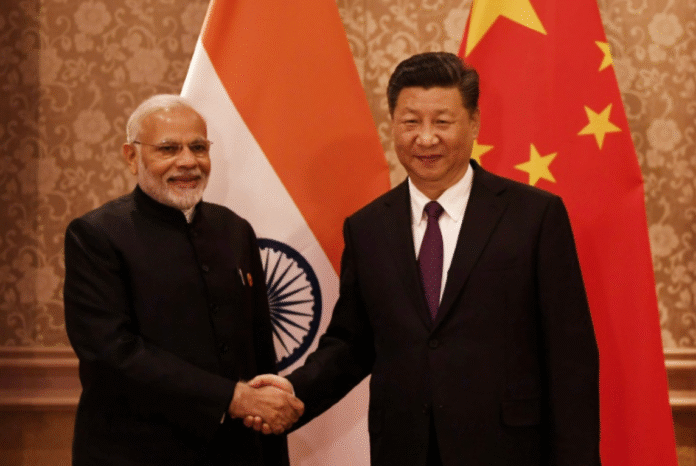The India China trade reset is taking center stage as Prime Minister Narendra Modi arrives in China, just days after Donald Trump’s sweeping new tariffs rattled global markets. With Indian exports like diamonds and prawns slapped with a 50% tariff, and China battling its own slowdown, both nations are searching for ways to reboot economic cooperation.
This development isn’t just about two countries – it’s about how Asia’s future balance of power could reshape the world.
Why Trump’s Tariffs Triggered the India China Trade Reset
On Wednesday, the United States hit India with steep tariffs, citing New Delhi’s continued purchase of Russian oil. While Washington framed it as punishment, the real-world consequences are severe. India’s export-driven economy now faces disruptions that could derail ambitious growth targets.
China is also under pressure. With a sluggish economy and U.S. trade restrictions weighing heavily on Beijing, Xi Jinping sees an opportunity to mend ties with India.
According to experts at Chatham House, this India China trade reset could mark a turning point in Asia’s economic strategy.

The Economic Stakes of the India China Trade Reset
India is currently the world’s fifth-largest economy and growing at over 6%. With a $4 trillion GDP and $5 trillion stock market, the IMF predicts it could rise to third place by 2028.
Meanwhile, China remains the second-largest economy, but growth has slowed. Beijing is seeking new trade partners to offset shrinking U.S. demand.
A stronger India-China partnership could:
- Reduce reliance on U.S. markets
- Diversify global supply chains
- Strengthen Asia’s position in world trade
This is why many experts believe the India China trade reset is not just regional, it’s global.
Obstacles Standing in the Way
Despite economic logic, the relationship remains fragile. The two nations share a long history of border disputes, including the violent 2020 Galwan Valley clashes.
Additional tensions include:
- Water disputes over China’s mega dam projects
- India banning over 200 Chinese apps, including TikTok and Shein
- Visa and investment restrictions that slowed infrastructure projects
As Antoine Levesques from the IISS notes, dialogue will be key to managing expectations of global powers watching this delicate reset.
Modi’s Visit to China: More Than Optics
Prime Minister Modi’s visit is tied to the Shanghai Cooperation Organisation (SCO) summit. While the SCO has struggled to deliver substantial results in the past, today it carries new weight.
With relations between Delhi and Washington cooling, India is rediscovering the importance of multilateral forums like SCO and BRICS. For Beijing, optics matter too, Xi wants to showcase Global South solidarity amid Trump’s trade war.

Small Wins That Could Shape the Reset
Even if big breakthroughs aren’t expected, small but symbolic wins could emerge:
- Direct flights between India and China resuming
- Visa relaxations for business exchanges
- Bilateral agreements on trade and manufacturing
Economist Priyanka Kishore notes that while a Chinese EV plant in India is unlikely, moves like faster visa approvals or reduced import duties could provide immediate relief.
The Bigger Picture: Shifting Global Trade
The India China trade reset also sends a message to Washington. India is showing it has options beyond its U.S. partnership, while China is signaling it can find new allies despite U.S. tariffs.
Experts argue that if India, China, and Russia coordinate, leveraging China’s manufacturing, India’s services, and Russia’s resources, they could reshape global trade flows and reduce dependence on the West.
What This Reset Means for the Future
The reset is complicated, but the potential is huge:
- India could attract more supply chain investments if policies become more flexible.
- China could gain new market access to India’s 1.45 billion people.
- Both nations could balance Western dominance by strengthening Asian trade frameworks.
While one meeting won’t resolve decades of mistrust, the India China trade reset may be the first step toward a new multipolar order.

